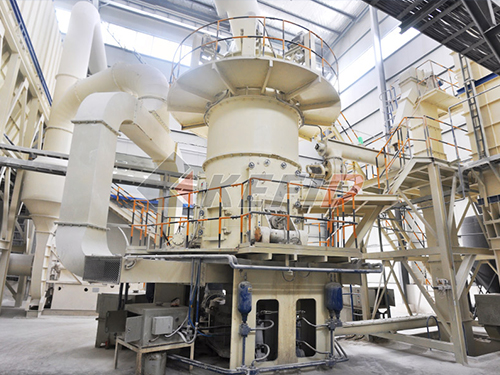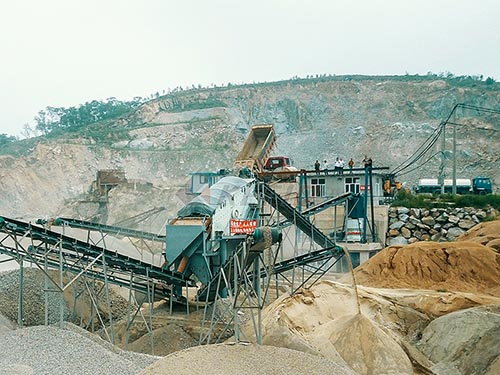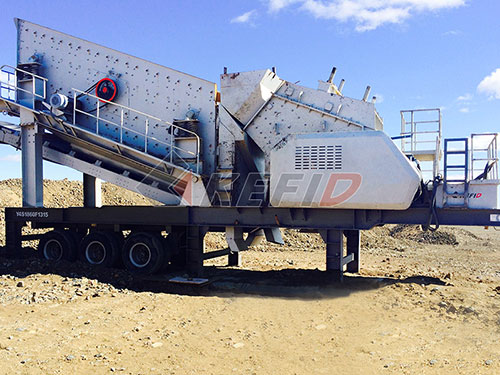The Enduring Workhorse: Understanding the 4′ Symons Cone Crusher
In the demanding world of aggregate production and mineral processing, few designs have demonstrated the longevity and reliability of the Symons cone crusher. Among its various sizes, the 4-foot Symons cone crusher stands out as a particularly significant configuration that cemented its reputation as a robust secondary and tertiary crushing solution.
More Than Just Size: Defining the 4′ Crusher
The designation “4-foot” refers specifically to the diameter of the cone’s head (the crushing mantle carrier) at its widest point – approximately 48 inches or 122 cm. This size became a standard workhorse for medium-capacity crushing circuits:
Feed Size: Capable of handling feed material typically up to around 6 inches (150mm), making it ideal for processing output from primary jaw crushers.
Product Range: Configured with different crushing chambers (fine, medium, coarse) and eccentric throws, it could produce well-graded aggregates ranging from approximately 3/8 inch (10mm) down to finer sands.
Power & Capacity: Driven by motors typically in the range of 100 to 200 HP (75 to 150 kW), offering production capacities suited for many mid-sized quarrying and mining operations.
Core Principles of Operation
Like all Symons cone crushers, the 4-foot model operates on fundamental principles:
1. Eccentric Drive: An eccentrically rotating main shaft causes the crushing head (mantle) to gyrate within a fixed concave bowl liner.
2. Compressive Crushing: Rock fed into the top of the chamber is nipped and crushed between the oscillating mantle and stationary concave as it moves down through progressively smaller gaps.

3. Spring Tramp Release: A hallmark feature is its mechanical spring protection system. If uncrushable material enters or overload occurs, powerful springs allow the entire bowl assembly to lift momentarily (“tramp”), releasing pressure and protecting internal components from catastrophic damage before resetting automatically.
4. Gravity Discharge: Crushed material exits freely under gravity once small enough to pass through the closed-side setting at the bottom.

Advantages that Built its Legacy
The enduring popularity of this specific size stems from several inherent strengths:
Proven Reliability & Simplicity: The robust mechanical design offered exceptional durability in harsh operating conditions with relatively straightforward maintenance compared to some alternatives.
Consistent Product Quality

Leave a Reply